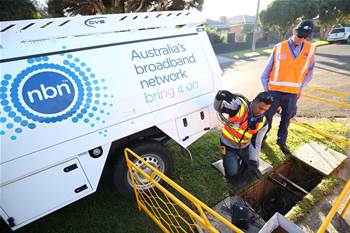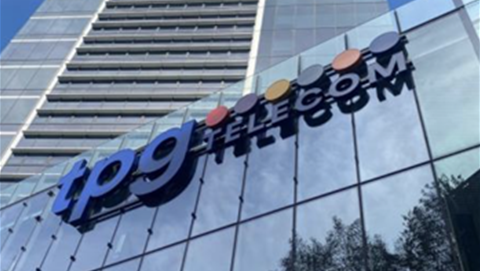NBN Co saw its total number of HFC subscribers fall by almost 5700 through the back of 2022, despite there being no obvious upgrade path or replacement option.
The losses account for a very small percentage of the HFC subscriber base - about 0.2 of a single percent - but represent an unusual data point in the most recent statistics released by the ACCC.
It’s also significant because it disrupts what had been 22 quarters of consecutive growth in the HFC services in operation (SIOs) number, dating right back to HFC’s introduction into the multi-technology mix.
Since the ACCC first started counting HFC SIOs in December 2016, the number has always gone up quarter on quarter.
That changed in the third quarter of calendar year 2022, which ended with a net reduction of 1229 services. In the final quarter, another 4450 HFC users left - for a total of 5689.
Some SIO losses to be expected
Declines in the number of active services in other access technology footprints are to be expected because there are a range of NBN and non-NBN upgrade paths being offered.
This is most apparent in the fibre-to-the-node/basement/curb (FTTN/B/C) footprints, where subscribers are starting to be offered upgrades to full fibre.
A decline in the number of FTTN/B/C users - and a corresponding rise in FTTP users - points to the operation of that upgrade program, known as ‘fibre connect’, even if calculating the exact number of upgrades is an inexact science.
Likewise, reductions in the number of wireless and satellite users - down 2259 and 3809 respectively in the three months to December 31 - could be due to churn to Starlink or cellular 5G fixed wireless, or in the case of some satellite users, a transition into the NBN fixed wireless footprint.
The loss of HFC subscribers appears to break with that pattern, because there’s no obvious - more attractive - alternative service being marketed at HFC users to migrate to.
The HFC footprint is technically up to gigabit-capable. While some subscribers have historically experienced usability issues due to dropouts, this isn’t a new issue, so it’s unlikely to suddenly tip 5700 users over the edge.
Low-tier exodus?
One plausible explanation - which iTnews could not confirm, though the ACCC numbers appear to support - is that HFC users that are migrating away from the NBN were subscribed to the lowest tier of 12/1Mbps.
NBN Co has long sought to discourage the sale of 12Mbps services for internet use, and these are a prime cohort for migration to off-net alternatives such as cellular fixed wireless.
An analysis of the ACCC numbers shows some large underlying quarter-on-quarter changes within the HFC footprint.
These include what looks like a large-scale downgrade of users from 250/25Mbps to 100/20Mbps at the top end; at the opposite end, almost 20,000 HFC users bailed out of the 12/1Mbps tier, but there were only around 10,000 additions to 25/5Mbps and 50/20Mbps.
That would appear to indicate that a cohort of 12/1Mbps subscribers on HFC exited the NBN altogether.
Predicting a rebound
iTnews engaged NBN Co on this analysis of HFC numbers and sought feedback on a range of possible explanations and scenarios, however no plausible theory was confirmed or offered.
As the SIO losses occurred in the back half of calendar year 2022, and are of a relatively small quantum, it is possible they could be reversed in the start of 2023.
The ACCC data to show that won’t be published for almost three months - and while NBN Co would have actual year-to-date numbers, it did not share them, but expressed confidence of a turnaround.
“We expect a bounce back in the March quarter as there’s already been strong growth in January and February,” an NBN Co spokesperson told iTnews.


.jpg&h=140&w=231&c=1&s=0)


.png&h=140&w=231&c=1&s=0)




















